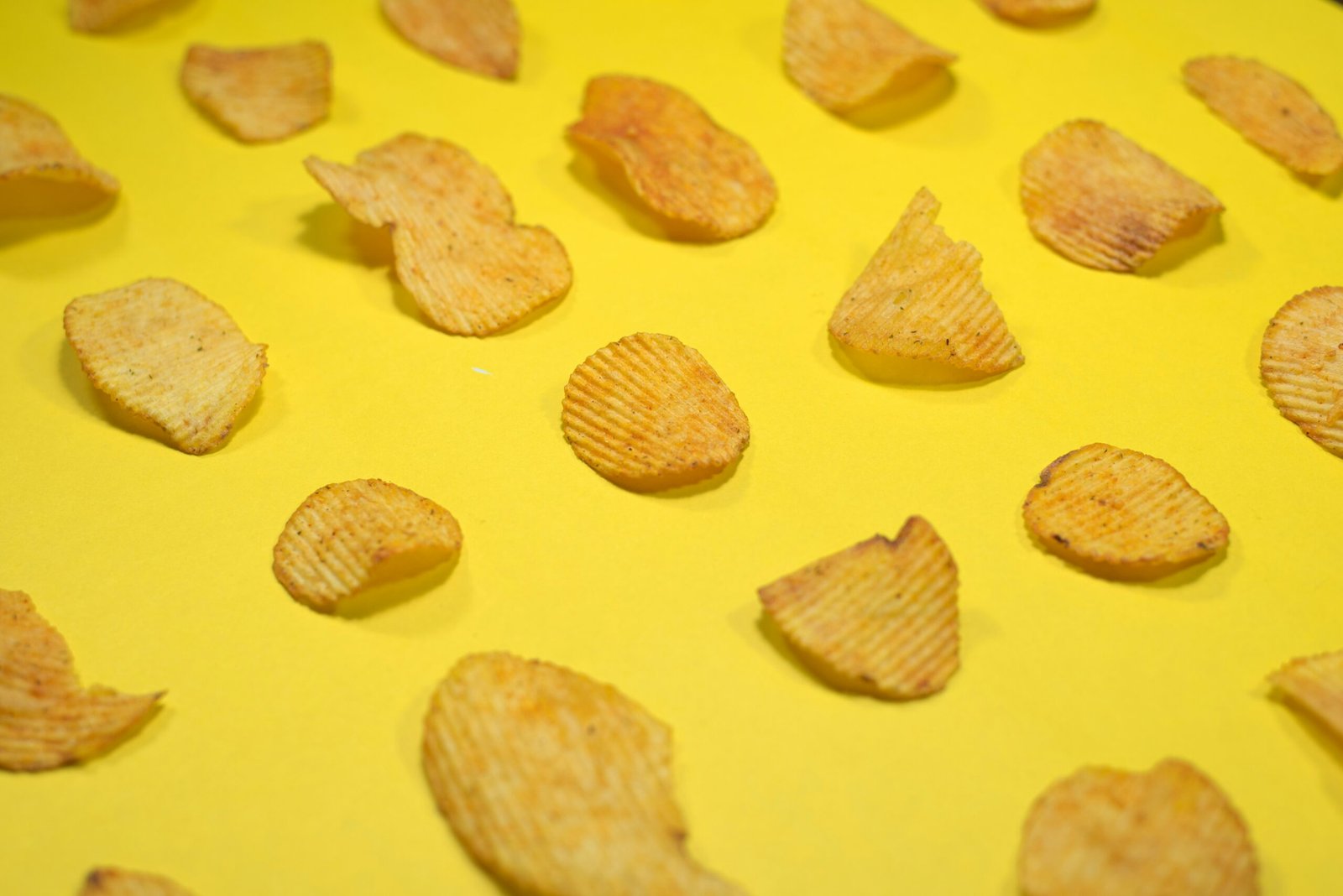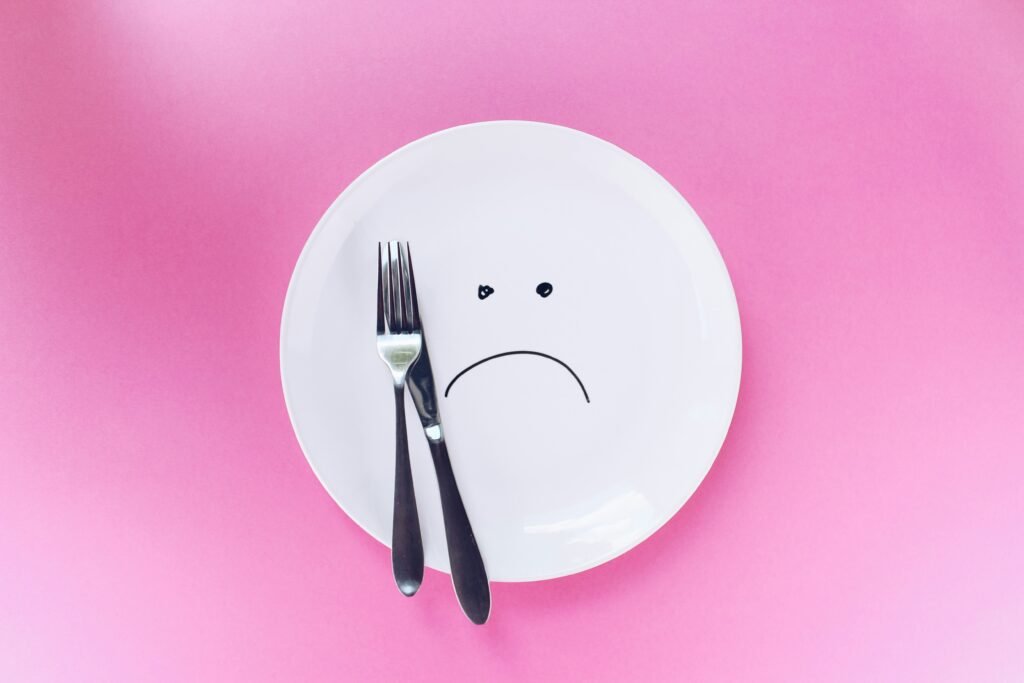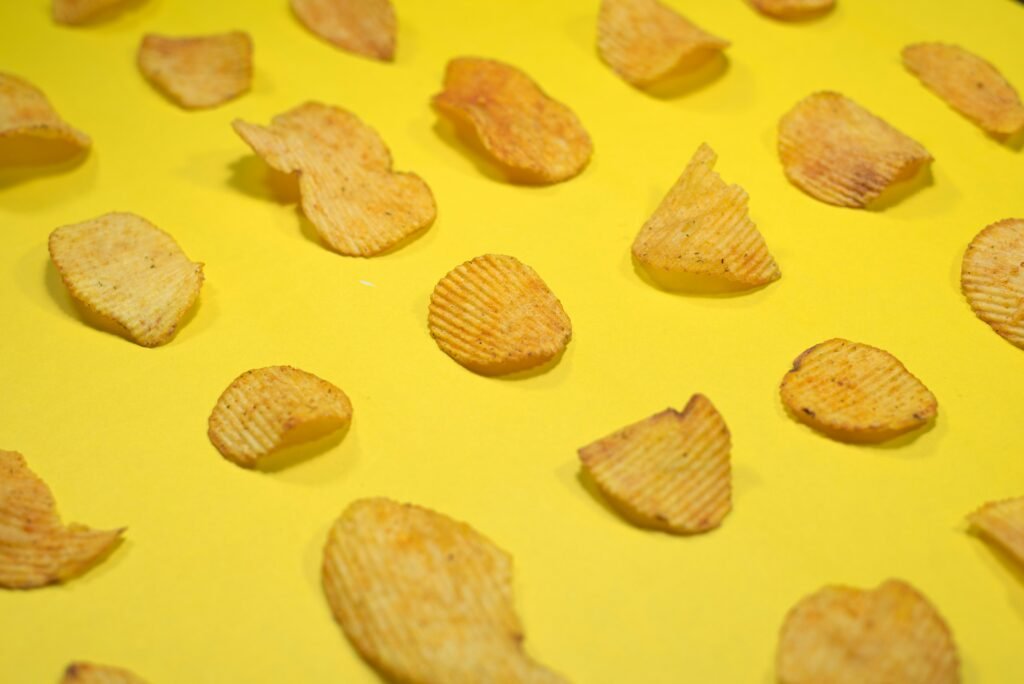
Welcome to the world of the Paleo Diet! If you’re new to this popular eating plan, get ready to learn all about how to eat like our ancestors did. The Paleo Diet focuses on whole, unprocessed foods that were available to our Paleolithic ancestors, such as lean meats, fish, fruits, vegetables, nuts, and seeds. By cutting out processed foods, grains, dairy, and sugar, you may experience improved health, weight loss, and increased energy levels. Get ready to embark on a journey to better health and well-being with the Paleo Diet for beginners. Have you ever heard of the Paleolithic diet, also known as the Paleo diet? If you’re curious about this popular way of eating, you’ve come to the right place. In this article, we’ll provide you with an introduction to the Paleo diet, specifically tailored for beginners. Whether you’re looking to improve your health, lose weight, or just learn more about this diet trend, we’ll cover all the basics to get you started on your Paleo journey.

This image is property of images.unsplash.com.
Find more product like these on Amazon!
What is the Paleo Diet?
Let’s start by breaking down what the Paleo diet is all about. The Paleo diet, short for Paleolithic diet, is a way of eating that focuses on foods similar to what our ancestors would have consumed during the Paleolithic era. This means eating whole, unprocessed foods like lean meats, fish, fruits, vegetables, nuts, and seeds while avoiding processed foods, grains, dairy, and sugars.
How does it work?
The Paleo diet is based on the premise that our bodies are better suited to the foods our ancestors ate thousands of years ago, rather than the modern processed foods that have become staples in our diets today. By eating like our Paleolithic ancestors, proponents of the Paleo diet believe that we can optimize our health, lose weight, and reduce the risk of chronic diseases.
Benefits of the Paleo Diet
Now that you have a basic understanding of what the Paleo diet is, let’s take a closer look at some of the benefits associated with following this way of eating.
Weight Loss
One of the most popular reasons people turn to the Paleo diet is for weight loss. By eliminating processed foods, grains, and sugars from your diet and focusing on whole, nutrient-dense foods, many people find that they naturally lose weight on the Paleo diet.
Improved Digestion
Since the Paleo diet eliminates many processed foods that can be hard on the digestive system, such as gluten and dairy, some people find that their digestion improves when following this way of eating.
Increased Energy Levels
By fueling your body with nutrient-dense foods like lean proteins, fruits, and vegetables, many people experience increased energy levels throughout the day on the Paleo diet. Say goodbye to the mid-afternoon slump!
What to Eat on the Paleo Diet
When following the Paleo diet, it’s important to focus on whole, unprocessed foods that our Paleolithic ancestors would have eaten. Here’s a breakdown of some key foods to include in your Paleo diet:
| Food Group | Examples |
|---|---|
| Lean Meats | Chicken, Turkey, Beef, Pork |
| Seafood | Salmon, Tuna, Shrimp, Cod |
| Fruits | Berries, Apples, Oranges, Bananas |
| Vegetables | Spinach, Broccoli, Sweet Potatoes |
| Nuts and Seeds | Almonds, Walnuts, Chia Seeds |
| Healthy Fats | Avocado, Olive Oil, Coconut Oil |
Snack Ideas
Looking for some quick and easy snack ideas to keep you satisfied on the Paleo diet? Try these options:
- Almond butter and apple slices
- Carrot sticks with guacamole
- Hard-boiled eggs
- Mixed nuts and seeds
What to Avoid on the Paleo Diet
In addition to focusing on the foods that are recommended on the Paleo diet, it’s equally important to steer clear of foods that are not allowed. Here are some key foods to avoid on the Paleo diet:
| Food Group | Examples |
|---|---|
| Grains | Wheat, Rice, Oats, Barley |
| Dairy | Milk, Cheese, Yogurt |
| Legumes | Beans, Lentils, Peanuts |
| Processed Foods | Chips, Candy, Soda |
| Sugars | White Sugar, Artificial Sweeteners |
Ingredient Checklist
When shopping for Paleo-friendly ingredients, make sure to check the labels for hidden grains, dairy, and other non-Paleo ingredients. Look for simple, whole ingredients without added sugars or preservatives.

This image is property of images.unsplash.com.
Tips for Success on the Paleo Diet
Whether you’re just starting out or looking to fine-tune your Paleo diet, these tips can help you stay on track and make the most of your Paleo journey.
Plan Ahead
One of the keys to success on the Paleo diet is planning ahead. Take some time each week to meal prep, shop for Paleo-friendly ingredients, and plan your meals and snacks in advance.
Experiment with Recipes
Don’t be afraid to get creative in the kitchen and experiment with new Paleo recipes. There are countless websites, cookbooks, and resources available with delicious Paleo-friendly meals to try.
Stay Hydrated
It’s important to stay hydrated on the Paleo diet, especially since you’ll be consuming more whole foods that are naturally low in sodium. Aim to drink plenty of water throughout the day to stay hydrated and support your overall health.
Common Myths about the Paleo Diet
As with any diet trend, the Paleo diet has its fair share of myths and misconceptions. Let’s debunk some of the common myths associated with the Paleo diet.
Myth: The Paleo Diet is All About Meat
While the Paleo diet does emphasize lean meats as a protein source, it also includes plenty of fruits, vegetables, nuts, and seeds. The key is to strike a balance and include a variety of foods in your diet to meet your nutrient needs.
Myth: The Paleo Diet is Low in Carbohydrates
While the Paleo diet eliminates grains and refined sugars, there are still plenty of carbohydrates to be found in fruits, vegetables, and roots on the Paleo diet. You can still enjoy carbohydrates on the Paleo diet, just in a different form than traditional bread or pasta.
Myth: The Paleo Diet is Too Restrictive
While the Paleo diet does have guidelines around what foods to eat and avoid, it can be customized to fit your individual needs and preferences. With some creativity and flexibility, you can create a Paleo meal plan that works for you.

This image is property of images.unsplash.com.
Getting Started on the Paleo Diet
Ready to embark on your Paleo journey? Here are some steps to help you get started on the Paleo diet and make the transition as seamless as possible.
Clean Out Your Pantry
To set yourself up for success on the Paleo diet, start by cleaning out your pantry and refrigerator of foods that are not allowed on the diet. This will help you avoid temptation and make room for Paleo-friendly ingredients.
Stock Up on Paleo Essentials
Next, make a trip to the grocery store or farmers’ market to stock up on Paleo essentials like lean meats, seafood, fruits, vegetables, nuts, and healthy fats. Having these ingredients on hand will make it easier to stick to your Paleo meal plan.
Start Slowly
If you’re new to the Paleo diet, it’s okay to start slowly and gradually make changes to your eating habits. Start by incorporating more whole foods into your diet and gradually eliminate processed foods and grains as you become more comfortable with the Paleo way of eating.
Final Thoughts
The Paleo diet is a popular way of eating that focuses on whole, unprocessed foods similar to what our ancestors would have eaten during the Paleolithic era. By following the Paleo diet, many people experience weight loss, improved digestion, and increased energy levels. If you’re curious about the Paleo diet and looking to improve your health and well-being, consider giving it a try. Remember, the key to success on the Paleo diet is finding a balance that works for you and your unique needs and preferences. Happy eating!

